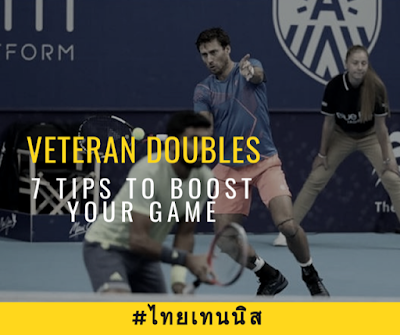UNDERSTANDING & MASTERING CONTACT: "Late & Early"
.png)
When you hit a ball with late or early contact, that can be a positive thing or a negative thing. You either did it on purpose or by mistake, Let's look at late and early contact in the positive sense first. To master the tennis rally you need to be able to direct the ball both down the line and cross court at will. This is where the ability to hit late and early on purpose is crucial. INTENTIONAL LATE AND EARLY CONTACT: If you contact the ball early with in the contact zone the ball will go cross court. If you contact the ball late within the contact zone the ball will travel down the line or inside out ( depending on how late you hit the ball) This is the positive aspect of late and early contact. UNINTENTIONAL LATE AND EARLY CONTACT: However, most players think of late and early contact in the negative sense. This is when they can get fixated with only one contact point and start to struggle with timing the ball in the one spot within th...







